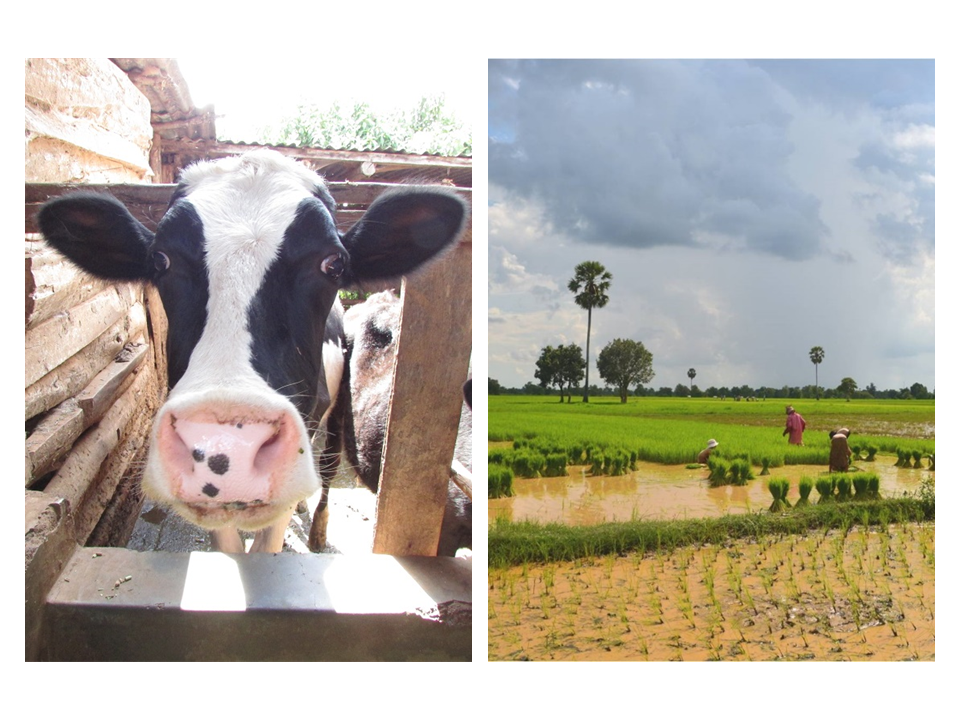Pick Up
701. Achieving Methane Reduction

Methane is considered a very potent greenhouse gas, and atmospheric methane can come from natural sources such as wetlands or from anthropogenic activities such as agriculture, fossil fuel mining, landfills and waste, and fires.
As mentioned in a Pick Up article late last year, atmospheric methane has reached record levels in recent years and has been reported to be increasing at an alarming rate over the past few years. The reasons for this are, ironically, the slowing of atmospheric pollutant (OH) emissions that break down methane in the lockdown to contain the COVID-19 pandemic, and the warm and wet weather in the northern hemisphere, which has led to faster decomposition of organic matter in wetlands and increased methane emissions, a climate change feedback that is emissions in wetlands under warmer and wetter weather in the Northern Hemisphere.
A Nature Climate Change editorial article published on January 12, titled Methane Possible, proposes an urgent need to reduce methane emissions to achieve the goal of reducing climate change.
As of November 2022, 150 countries had joined the Global Methane Pledge (GMP), which calls for a 30% reduction in methane emissions by 2030. According to an analysis by international organizations, without reduction efforts from the agricultural sector, especially livestock and paddy rice cultivation, atmospheric methane is projected to rise by 5-16% from 2020 levels by 2030. Similarly, emissions from oil and gas sector are projected to increase by 3-17% and emissions from solid waste and wastewater by 6-18%. Significant increases in methane emissions from all sectors are expected in the Middle East, Africa and Asia.
Ground-based observations and satellite data are useful to determine when and where to implement already available technological, ecological, and social solutions. For example, a study analyzing methane emission trends in China during 2010-2017 observed a decrease in emissions in the southeast due to small-scale coal mine closures and an increase in emissions in the north due to the consolidation of large coal mines. At the same time, in the eastern and central regions, there was an unexpected increase in emissions from rice farming areas. This allows for a supplementation of trends that was once not possible.
The paper further states that in implementing emission reductions, feasibility assessments of multiple methane reduction initiatives will lead to effective policies and actions, both in theory and in practice.
The paper concluded that with scientific knowledge, technical resources, and commitment of 150 countries to the GMP, further delay in methane emission reduction is unacceptable, and identified 2023 as a critical year for progress on methane mitigation measures.
Reference
Methane possible. Nat. Clim. Chang. 13, 1 (2023). https://doi.org/10.1038/s41558-022-01590-4
Contributor: IIYAMA Miyuki (Information Program)
